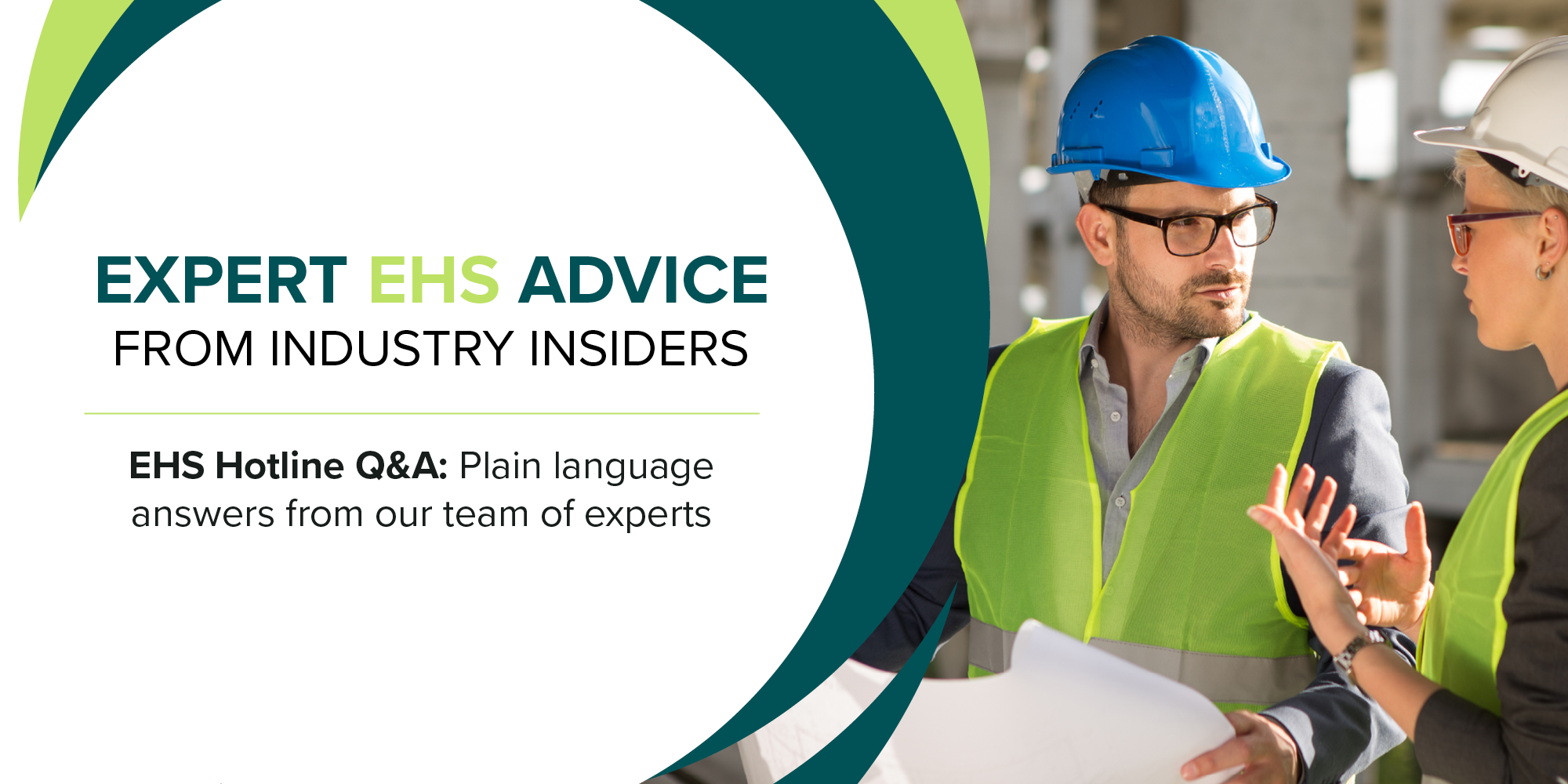
Q&A: Are emergency stops required on machinery?
Are emergency stops required on machinery? If so, where are they required?
Federal OSHA requirements for emergency stop devices (trip switches, emergency switches, stop controls) are very industry-specific and apply to specific types of machinery, including overhead cranes, power-driven guillotine veneer cutters, mechanical power presses, mills and calendars in the rubber and plastics industries, and conveyors at construction sites.
For example, the OSHA rule that applies to pulp, paper, and paperboard mills states, “every belt conveyor shall have an emergency stop cable extending the length of the conveyor so that it may be stopped from any location along the line, or conveniently located stop buttons within 10 feet of each work station…” See 29 CFR 1910.261(c)(15).
There is a rule that requires emergency stop switches for screw conveyors that “shall be arranged so that the conveyor cannot be started again until the actuating stop switch has been reset to running or ‘on’ position,” but it applies to construction sites. See 29 CFR 1926.555(a)(3).
OSHA does not prescribe where E-stops must be placed on equipment. According to OSHA, emergency stop buttons may be placed at a variety of locations along the equipment as long as it easily accessible to operators to immediately stop the machine. Emergency stop devices must be properly designed and installed to avoid exposing the operator or any other person to hazards while activating the stop. See the OSHA letter of interpretation about E-stops.
OSHA offers nonmandatory guidance for conveyor safety controls, including screw conveyors, that provides information for E-stops on such machinery. Download the OSHA document, Safeguarding Equipment and Protecting Employees from Amputations. See the “Other Controls for Conveyors” section, page 29.
What is EHS Hotline?
Subscribers of EHS Hero get access to our team of in-house subject matter experts. EHS Hotline allows subscribers to submit questions and receive timely, thorough, and plain-language answers from our team of experts—complete with resources and references.
The purpose of EHS Hotline is to help connect workplace employment, safety, and environment questions to the material provided by BLR on its subscriber websites. While the service is defined as providing advice, it is assistance to help bridge the gap between the BLR compliance resources and our client’s workplace issues. It is not a legal opinion or replacement for seeking legal counsel.



